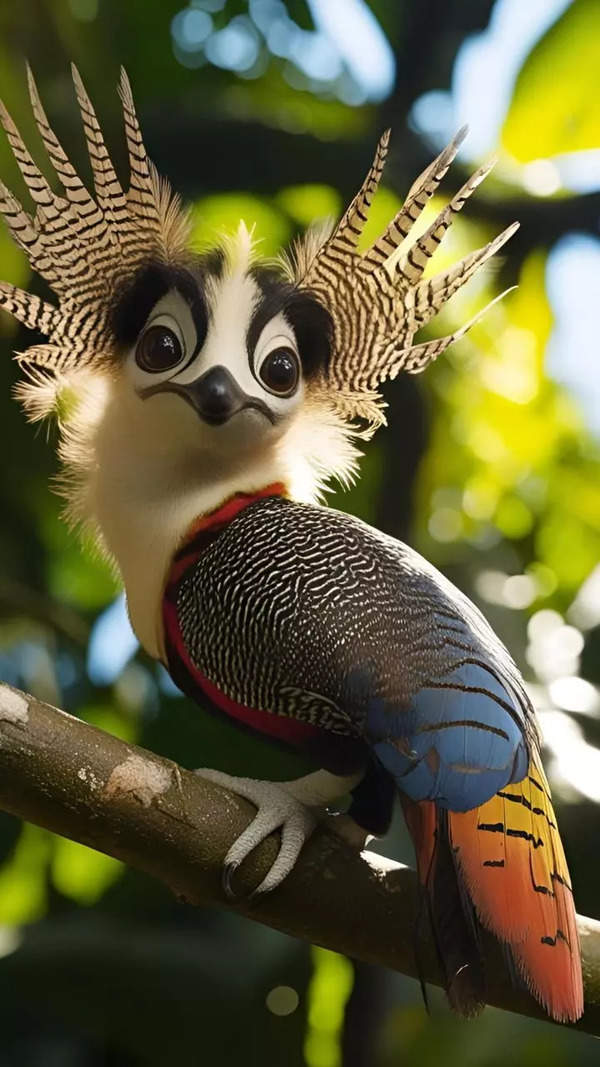- News
- India News
- Times Evoke News
- 'The horse symbolises both wildness and taming in the Anthropocene'
Trending
This story is from July 29, 2023
'The horse symbolises both wildness and taming in the Anthropocene'
Yashaswini Chandra is Lecturer in South Asian Art History at the University of Edinburgh. Author of ‘The Tale of the Horse: A History of India on Horseback’, she tells Times Evoke about this being in the Anthropocene:
I work on South Asian art and history. I research the early modern and colonial periods. There are connecting threads in my work, the foremost being the placing of art at the centre of interdisciplinary research and pedagogy. The second is an interest in marginalised places and groups in South Asia — including animals. Over time, I’ve also become interested in what is termed ‘the sense of planet’, as reflected in Indian art as well. This has developed into a focus on animal history, interspecies relations and ecology and I have written a history of the horse in India — which is also a history of India from the lens of the horse.
This animal epitomises the historical relations that evolved between humans and nonhumans. The history of these two species was closely intertwined — their partnership in fact shaped human civilisation. History would have taken a different turn had people not learned to domesticate and ride horses. In the case of the Indian subcontinent, game changing effects this relationship has had could be seen in migration, trade and warfare over time. So, a tendency grew to view the horse as a war animal or an item of trade. But there have also been social identities formed around the horse which were subaltern and not only elite martial ones. There was a cultural and emotive dimension to this partnership as attachments were often formed between riders, caretakers and their horses.
I’ve also read of how the horse even enabled the romantic life of humans as lovers travelled on horseback to reach each other faster — the sight of bridegrooms riding horses remains a familiar one in India. The writer Tabish Khair wrote in a review of my book of how the horse was human beings’ best friend — until it was replaced by the dog. The horse was thus a vital character in the human experience of the world. It has become marginal now but it has had an enduring impact on our imagination, which is perhaps best reflected in language and art. The horse stood for both wildness and taming — this is the animal’s dualism which allowed it to become so embedded in our psyche. It is fundamentally free-spirited even as it represents gaining control over wilder instincts.

THE EQUINE CHUKKER: Polo symbolises strands of the Anthropocene, from tribalism to feudalism and colonialism, all yoking a horse’s wild quality. (Photo: iStock)
Horse-riding nomads over centuries threatened the world order but also became the founders of great empires, continuing to depend on horses to hold onto power. Even today, it’s a thrilling sight to see a horse or herd running wildly — this is why it continues to be a leitmotif in art, cinema and advertisements. From ancient cave paintings onwards, there is no dearth of depictions of horses in most cultures around the world — importantly, the anthropocentric or human-oriented gaze might often focus on the rider or the bigger picture but it’s worth remembering the horse is always intended to be a significant character in these compositions. Perhaps the painter who has become most renowned world over for his portraits of horses is George Stubbs, even though his work was not really considered high art in his lifetime.
Today, we look upon horses with both wonder and neglect. We can be struck by splendid horses seen at parades, races and polo matches — but we hardly ever notice the sorry-looking horses which might once have pulled carts or tongas or were beasts of burden. It’s still a powerful symbol though, whether in relation to mounted police in so many regions or a bridegroom who defies upper-caste appropriation of the horse by riding it in his own wedding procession. We project ourselves, our best and worst instincts, onto animals now. The horse symbolises that well in the epoch of the Anthropocene.

Stay updated with the latest India news, weather forecast for major cities like Delhi, Mumbai, Noida, and Bengaluru on Times of India.
End of Article
FOLLOW US ON SOCIAL MEDIA









